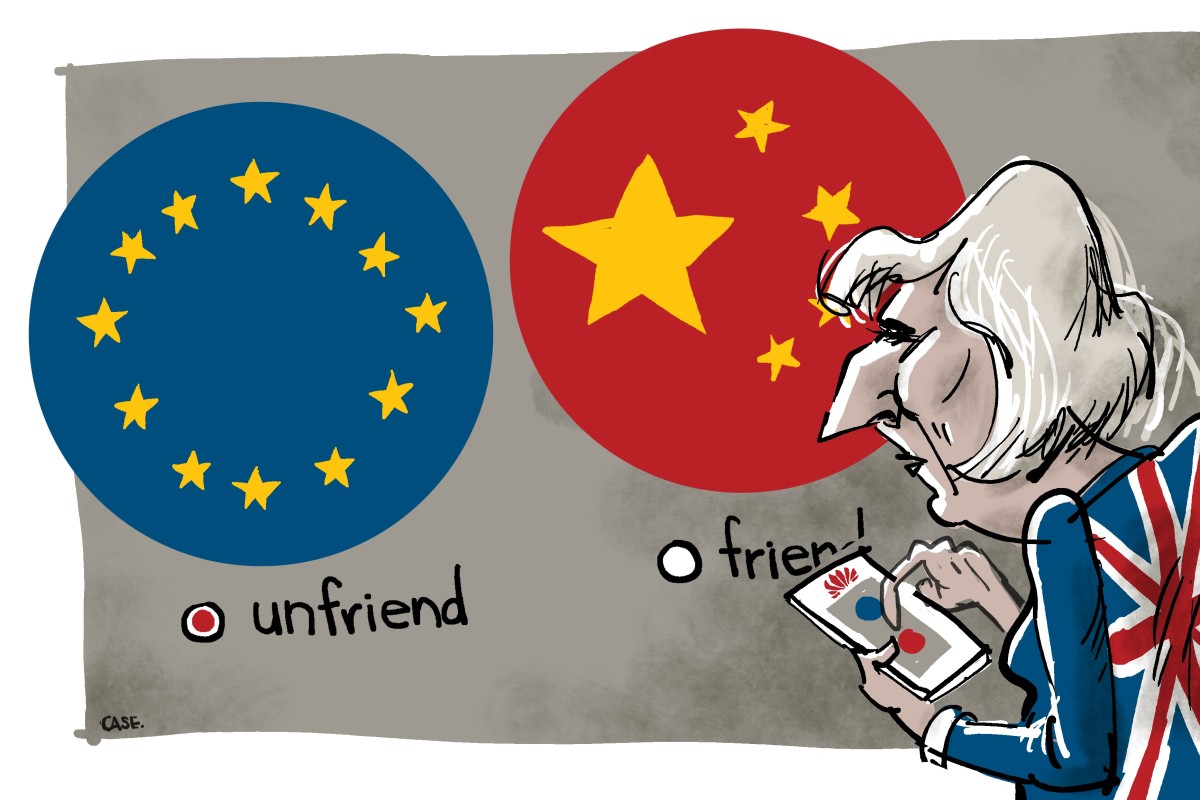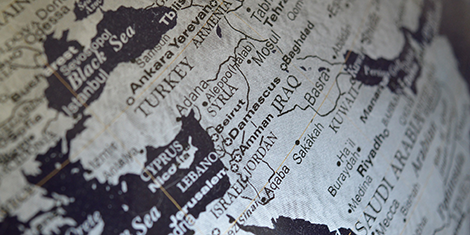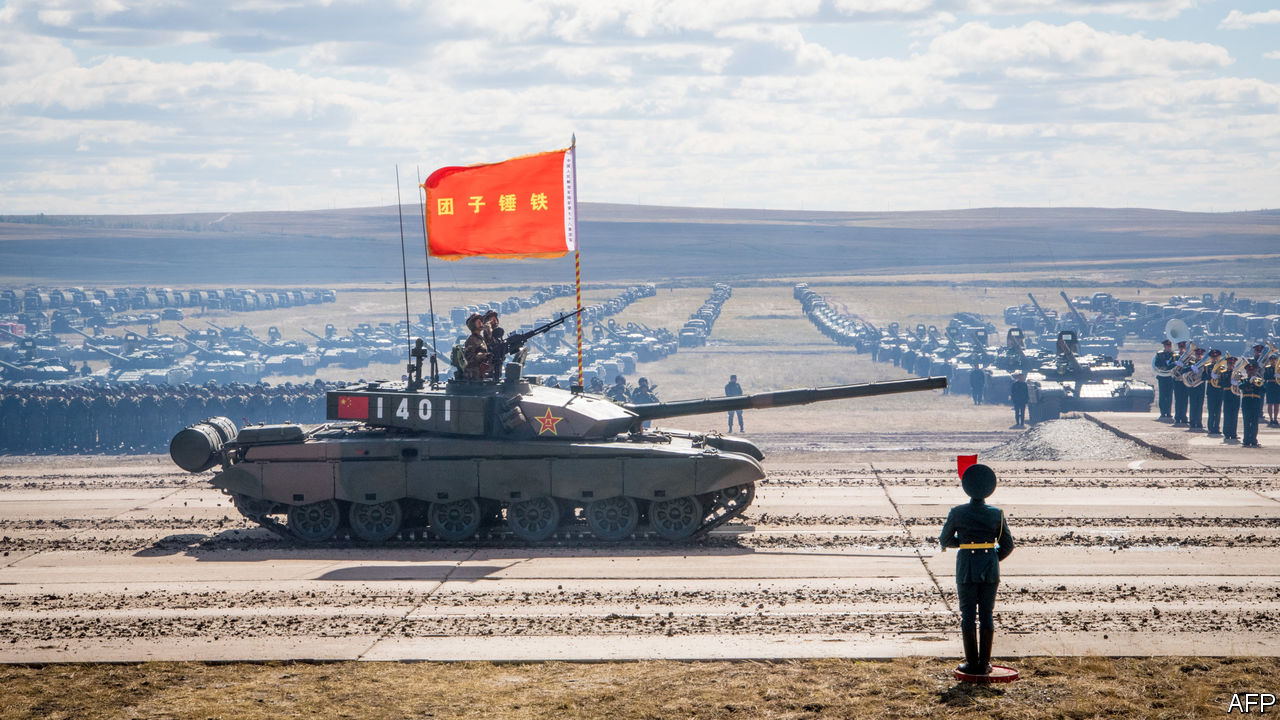By Aman Thakker
On April 14, 2019, reports emerged that India’s Ministry of External Affairs (MEA) had set up a new Indo-Pacific division. The division, headed by Joint Secretary Vikram Doraiswami, will “integrate the Indian Ocean Rim Association, ASEAN Region, and the Quad” under its purview. This move is significant as it bureaucratically aligns the MEA with Prime Minister Narendra Modi’s vision of the Indo-Pacific as spanning “from the shores of Africa to that of the Americas,” making the Indo-Pacific desk the central node to coordinate activities across the various regional desks in this geography. The creation of this desk also signals to India’s partners, particularly the United States, to consider the importance of the western Indian Ocean, currently not included in the U.S. definition of the Indo-Pacific.
As the Indo-Pacific concept becomes a more central part of India’s foreign policy, here are five ideas for this Indo-Pacific desk to consider, all of which aim to advance the shared vision of a “free, open, and inclusive Indo-Pacific” promoted by India, the United States, Japan, and others.










/arc-anglerfish-arc2-prod-mco.s3.amazonaws.com/public/FMGXCG622ZGKBOGR2GVIC34TRM.jpg)
/arc-anglerfish-arc2-prod-mco.s3.amazonaws.com/public/QHGBR6MG5BHDNGACVDZ4IGRHF4.jpg)





